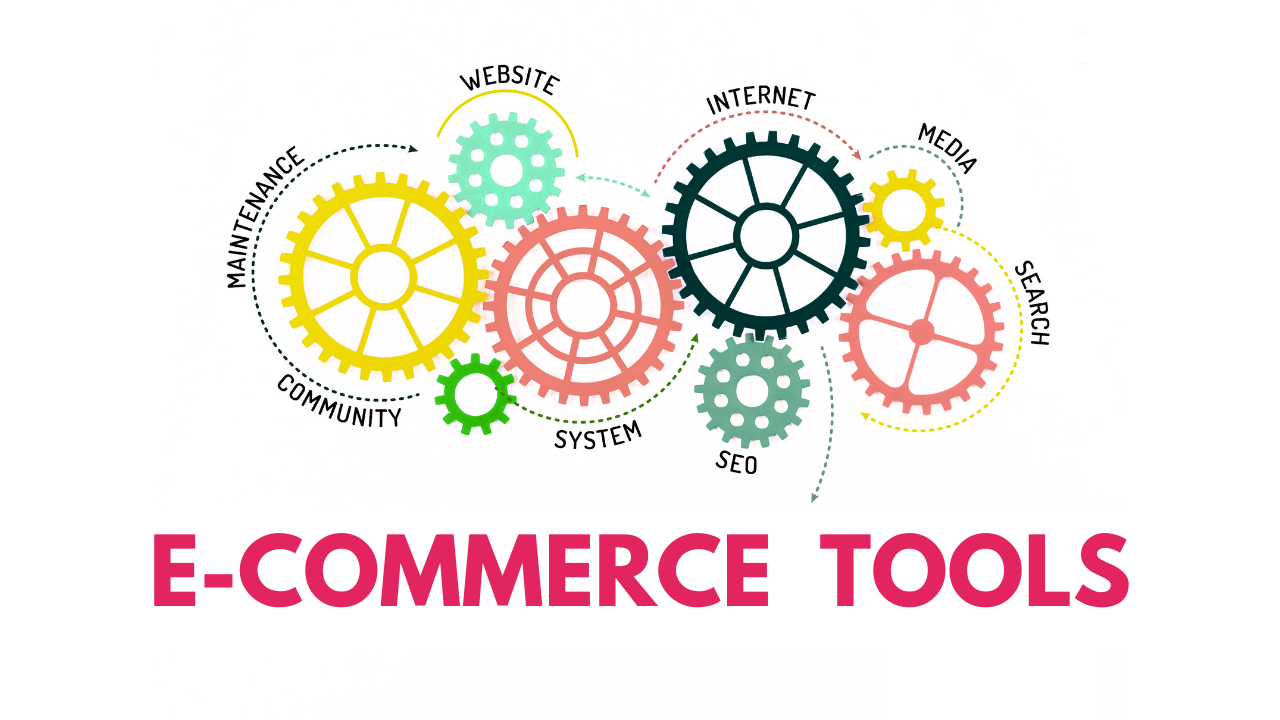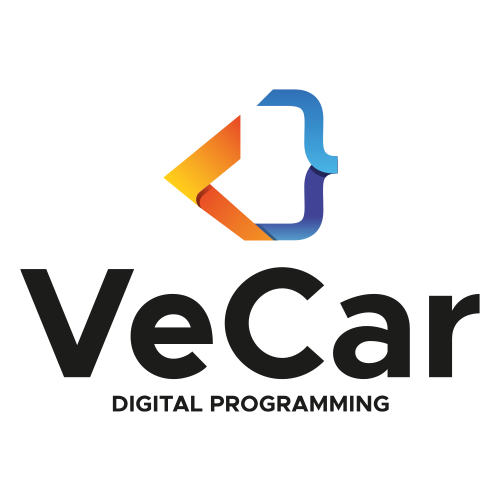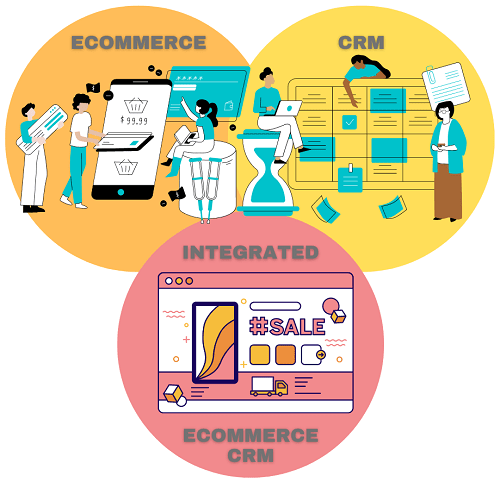
In today’s digital-first world, establishing a robust online presence is no longer a luxury but a fundamental necessity for businesses of all sizes. For many, this journey begins with setting up an e-commerce store. However, the very first and arguably most critical decision you’ll face is selecting the right e-commerce platform. This choice will serve as the foundation of your online operations, influencing everything from your website’s functionality and design to your ability to scale and manage growth.
The e-commerce landscape is vast and varied, offering a plethora of platforms, each with its unique strengths, weaknesses, and target audience. From user-friendly, hosted solutions like Shopify and BigCommerce to the highly customizable, self-hosted power of WooCommerce and Magento, the options can feel overwhelming. Choosing the wrong platform can lead to limitations, increased costs, and significant headaches down the line, potentially hindering your business’s online potential.
At VeCar Digital Programming, we understand the significance of this decision. We’ve helped numerous businesses navigate this complex terrain, and in this comprehensive guide, we’ll delve into the key factors you need to consider to choose the e-commerce platform that perfectly aligns with your business goals, technical expertise, and long-term vision. We’ll explore some of the leading platforms, discuss essential features, and provide a framework to help you make an informed and confident choice.
Key Factors to Consider When Choosing an E-commerce Platform:
Before diving into specific platforms, it’s crucial to take a step back and assess your business’s unique requirements. Consider the following key factors:
Business Size and Scale:
- Startups and Small Businesses: If you’re just starting or have a limited product catalog, ease of use and affordability might be your top priorities. Platforms like Shopify, BigCommerce, and simpler WooCommerce setups can be ideal.
- Growing Businesses: As your business expands, you’ll need a platform that can scale with you, handling increased traffic, more products, and complex order management. Consider platforms with robust scalability options like Shopify Plus, BigCommerce Enterprise, or a well-architected Magento instance.
- Large Enterprises: Businesses with extensive product lines, complex integrations, and high transaction volumes often require enterprise-level solutions like Magento Commerce (Adobe Commerce) or Salesforce Commerce Cloud.

Technical Skills and Resources:
- Beginner-Friendly (Hosted): Platforms like Shopify and BigCommerce are fully hosted, meaning they handle the technical aspects like server maintenance, security, and updates. This makes them very user-friendly for those with limited technical expertise.
- Requires Technical Knowledge (Self-Hosted): Platforms like WooCommerce (primarily a plugin for WordPress) and Magento are self-hosted, requiring you to manage your own hosting, security, and updates. While offering greater control and customization, they demand a higher level of technical proficiency or the need to hire developers.
Budget and Pricing Structure:
- Subscription-Based: Hosted platforms typically operate on a monthly subscription model with varying tiers based on features, transaction fees, and sales volume. Factor in transaction fees, which can add up.
- Open-Source (Self-Hosted): While the core software of platforms like WooCommerce and Magento is free, you’ll need to budget for hosting, security, themes, plugins, and potentially developer costs for customization. The total cost can vary significantly.
 Required Features and Functionality:
Required Features and Functionality:
- Core E-commerce Features: Ensure the platform offers essential features like product catalog management, inventory tracking, order processing, secure payment gateway integrations, and shipping options.
- Marketing and SEO Tools: Consider built-in marketing features (email marketing, social media integration) and SEO capabilities (customizable URLs, meta descriptions, sitemap generation).
- Customer Support: Evaluate the availability and quality of customer support. Hosted platforms often offer 24/7 support, while self-hosted platforms rely on community forums and paid support options.
- Scalability and Growth Features: Think about future needs like multi-channel selling, advanced analytics, and B2B functionality.
Integration Capabilities:
- Payment Gateways: Ensure the platform integrates with your preferred payment processors (Stripe, PayPal, etc.).
- Shipping Providers: Check for integrations with major shipping carriers (UPS, FedEx, DHL).
- Marketing Tools: Consider integrations with your CRM, email marketing software, and social media platforms.
- Accounting Software: Seamless integration with accounting tools (QuickBooks, Xero) can streamline your financial management.
Exploring Leading E-commerce Platforms:
To provide a clearer picture, let’s briefly examine some of the most popular e-commerce platforms:
- Shopify: A leading hosted platform known for its user-friendly interface, extensive app store, and robust marketing features. Ideal for startups and growing businesses.
- WooCommerce: A flexible and highly customizable open-source plugin for WordPress. Offers great control but requires WordPress knowledge and self-hosting. Suitable for businesses already using WordPress or those needing deep customization.
- Magento (Adobe Commerce): A powerful, self-hosted platform offering extensive features and scalability, making it suitable for medium to large businesses with complex needs. Requires significant technical expertise.
- BigCommerce: A robust hosted platform with strong SEO features and multi-channel selling capabilities. Caters to businesses of various sizes, with enterprise-level options.
- Squarespace Commerce: An all-in-one platform known for its beautiful design templates and ease of use, suitable for smaller businesses with visually focused products.
- Etsy: Primarily a marketplace for handmade and vintage goods, but can be a starting point for certain types of businesses. Offers built-in traffic but less branding control.
A Step-by-Step Guide to Choosing Your Platform:
- Define Your Business Needs: Clearly outline your current and future requirements regarding product catalog size, sales volume, technical skills, budget, and desired features.
- Research and Compare Platforms: Based on your needs, research the platforms that seem like a good fit. Compare their features, pricing, ease of use, scalability, and integration capabilities.
- Consider Long-Term Growth: Think beyond your immediate needs. Will the platform be able to handle your growth in terms of products, traffic, and complexity?
- Test Drive (If Possible): Many platforms offer free trials or demos. Take advantage of these to get a feel for the interface and functionality.
- Read Reviews and Case Studies: See what other businesses in your industry are saying about the platforms you’re considering.
- Seek Expert Advice: If you’re unsure, consult with e-commerce developers or consultants like VeCar Digital Programming who can provide unbiased recommendations based on your specific situation.
Conclusion:
Choosing the right e-commerce platform is a pivotal decision that can significantly impact your online success. By carefully considering your business needs, technical capabilities, budget, and long-term goals, you can navigate the vast landscape of options and select the platform that will empower your business to thrive in the digital marketplace. Take your time, do your research, and don’t hesitate to seek expert guidance to ensure you build your online store on a solid and scalable foundation.
What factors do you find most challenging when choosing an e-commerce platform? Share your thoughts and questions in the comments below!








